Recurrent seizures in cats: Treatment – which antiepileptic drugs are recommended?
M. Hazenfratz and S.M. Taylor | Journal of Feline Medicine and Surgery | August 2018
This is the second paper in a short series of articles on the diagnosis and treatment of recurrent seizures in cats, it sets out to the various treatment options for both recurrent seizures and the acute treatment of status epilepticus…

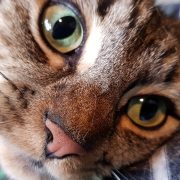


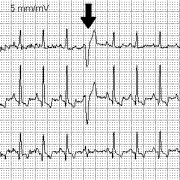

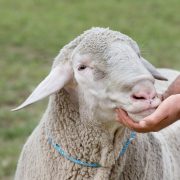
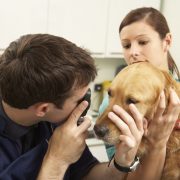


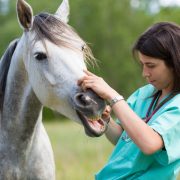
Connect with us